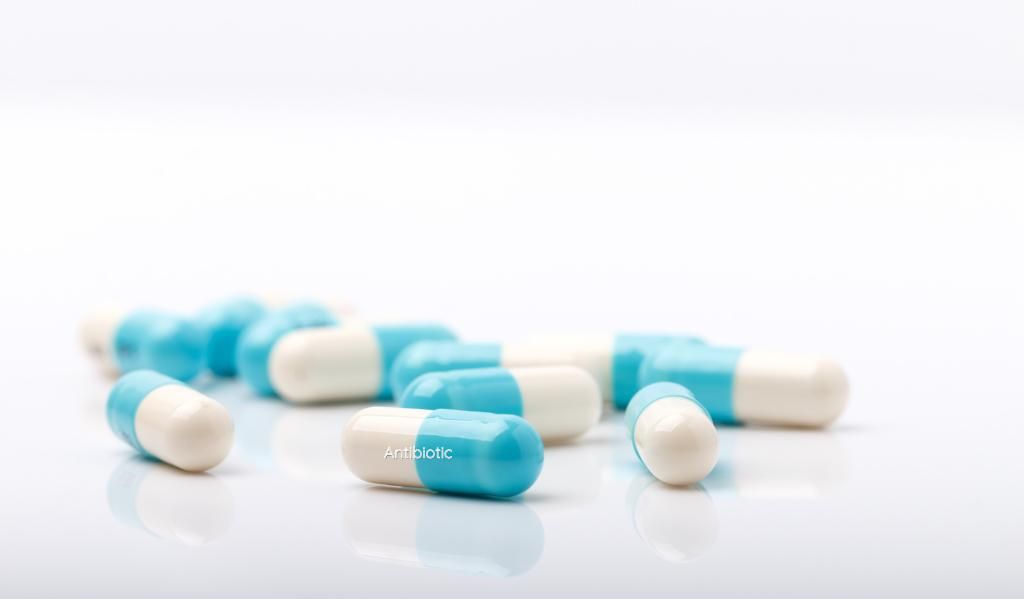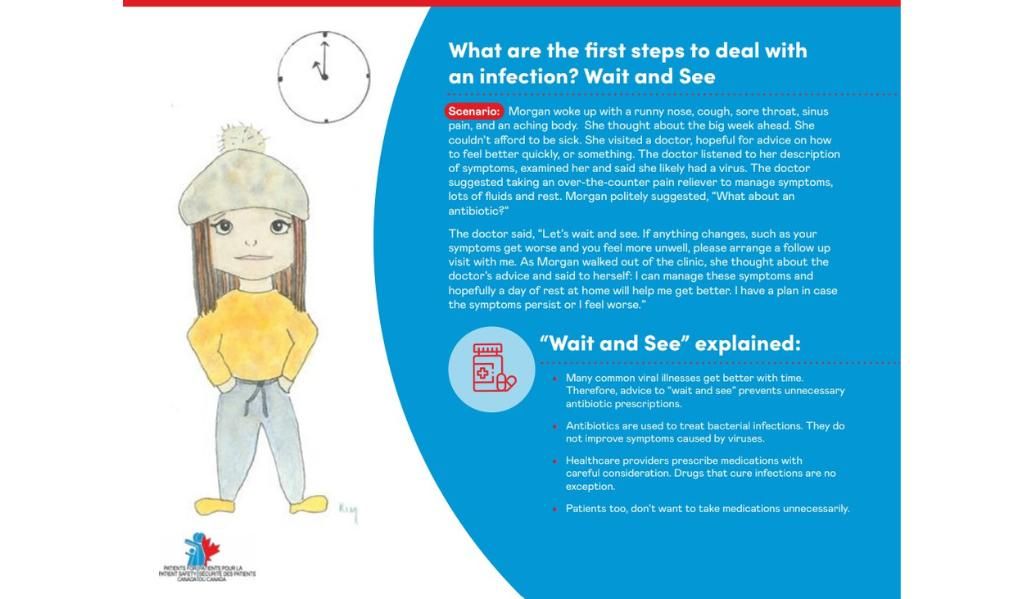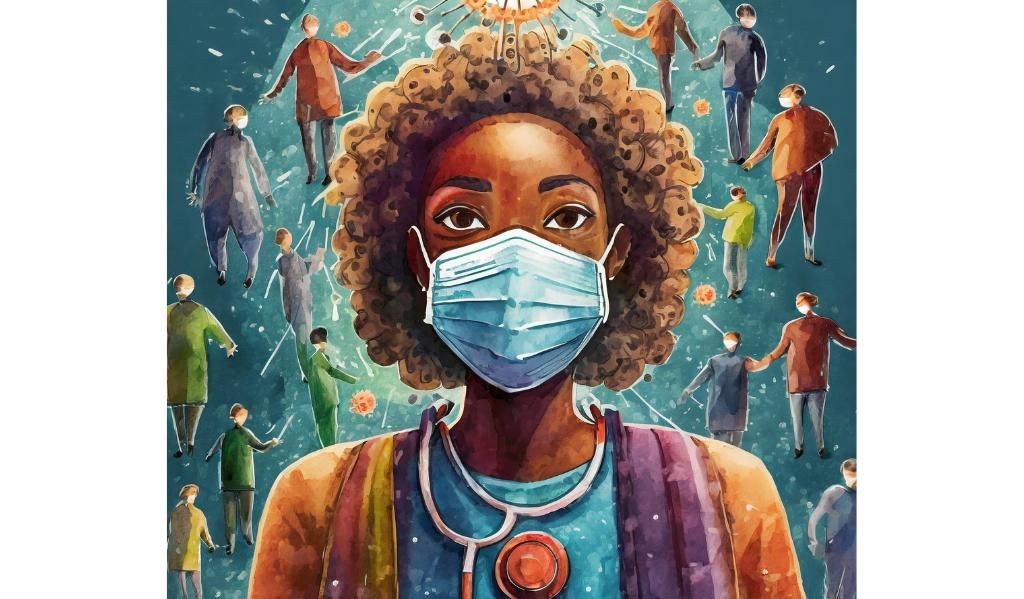Author: Patients for Patient Safety Canada
Patients for Patient Safety Canada’s Engagement with Health Canada to Develop AMR Patient Resource
Statistics from Canada’s Antimicrobial Resistance (AMR) Surveillance System indicates that 93% of antimicrobials (like antibiotics) were dispensed in the community by retail pharmacies (2021). The Public Health Agency of Canada studied the Canadian public’s knowledge about AMR. The results indicated 37% of the participants used an antibiotic, 25% knew about AMR, and 86% did not recall receiving information about unnecessary antibiotic use e.g. for viral infections.
Using this...
Tips from the Experts: How to Reduce the Risk of Infection in Healthcare Facilities
Modified from Donskey CJ. Am J Infect Control 2023
The theme for World AMR Awareness Day is AMR is invisible, I am not.
Kim Neudorf PFPSC:
AMR (antimicrobial resistance) is a complicated term. To simplify, some refer to AMR as superbugs. Patients may not pay much attention to AMR until their infection does not respond to medication treatment, such as an antibiotic prescription. When these medications are ineffective, the infection lingers, hospitalizations are prolonged, and there is a possibility of death. We all understand infection. Yet, being infected with one...
AMR Resources
Wait and See
Whats Bugging You
AMR Aware Canada selected resources and stories to help you prevent infections safely.
Antimicrobial resistance awareness materials from the Public Health Agency of Canada.
Your health practices matter: frequent hand hygiene, manage chronic conditions, keep wounds clean, cough etiquette, environmental cleaning, cook foods safely, practice safe sex, update vaccinations, notify healthcare providers if you develop diarrhea, discuss how to prevent infections with your care providers.
See guidance from Chief Public Health Officer of Canada
Tools...
What is Antimicrobial Resistance (AMR)
Antimicrobial resistance is one of the most urgent health threats we face globally.
Imagine this: You or someone you love develops an infection. It’s something common – maybe an infected tooth, a wound, or pneumonia. Antibiotics are taken exactly as prescribed, but they have no effect! The infection persists and even worsens. What is going on?
It’s a case of antimicrobial resistance. It means that the bacteria that caused the infection is resistant to the antibiotic. Certain bacteria have adapted to survive the effects of antibiotics. In some cases, no antibiotics...
What is harm as we know it?
Simply put, harm is the negative effect which patients experience as a result of health care or treatment in any type of setting (i.e. hospital, emergency room, home, long-term care, other) and from different care providers.
Patients see harm differently than do healthcare professionals.
Patients or their family/caregiver may see, hear, feel or know that something may be wrong or getting worse with the care and treatment received before care providers do.
TYPES OF HARM EXPERIENCED
Most people think about physical harm when we talk about harm in healthcare. However,...
Have you experienced harm in healthcare?
Have you, or a loved one, experienced a patient safety incident?
A patient safety incident is an event or circumstance which could have resulted, or did result, in unnecessary harm to a patient. There are three types of patient safety incidents:
Harmful incident: A patient safety incident that resulted in harm to the patient.
Near miss: A patient safety incident that did not reach the patient and therefore no harm resulted.
No-harm incident: A patient safety incident that reached the patient but no discernible harm resulted.
While we are not able to provide direct...





